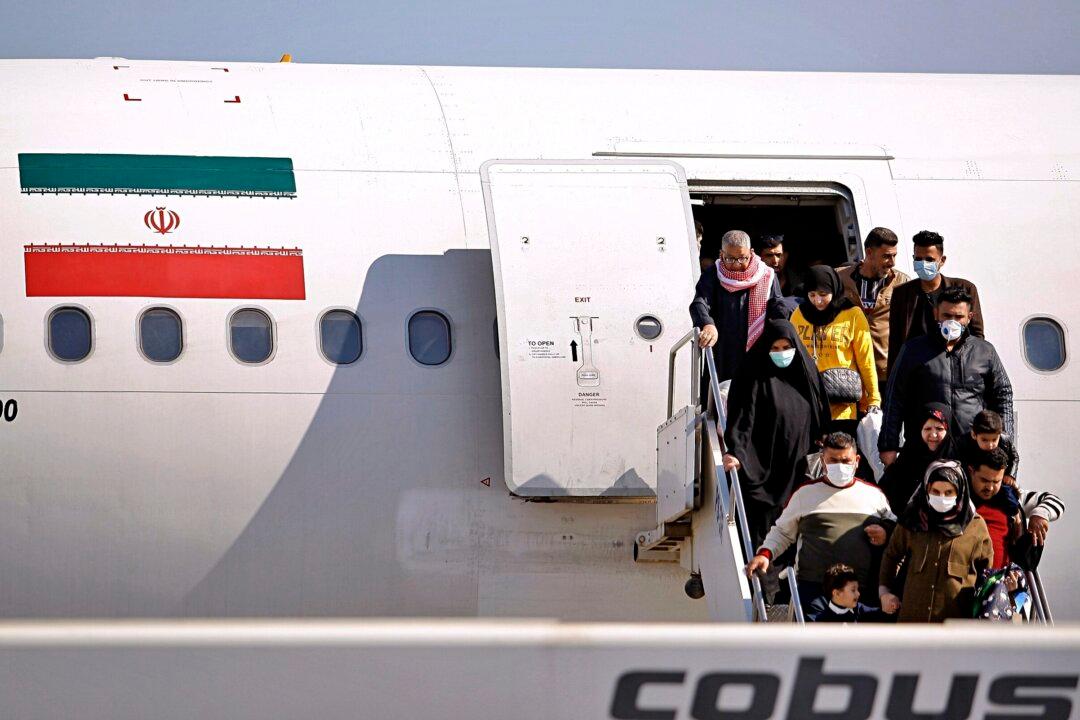TEHRAN, Iran—Iran’s health ministry raised Sunday the death toll from the new virus to 8 people in the country, amid concerns that clusters there, as well as in Italy and South Korea, could signal a serious new stage in its global spread.
There were now 43 confirmed cases of the illness in Iran, Health Ministry spokesman Kianoush Jahanpour told state TV.





